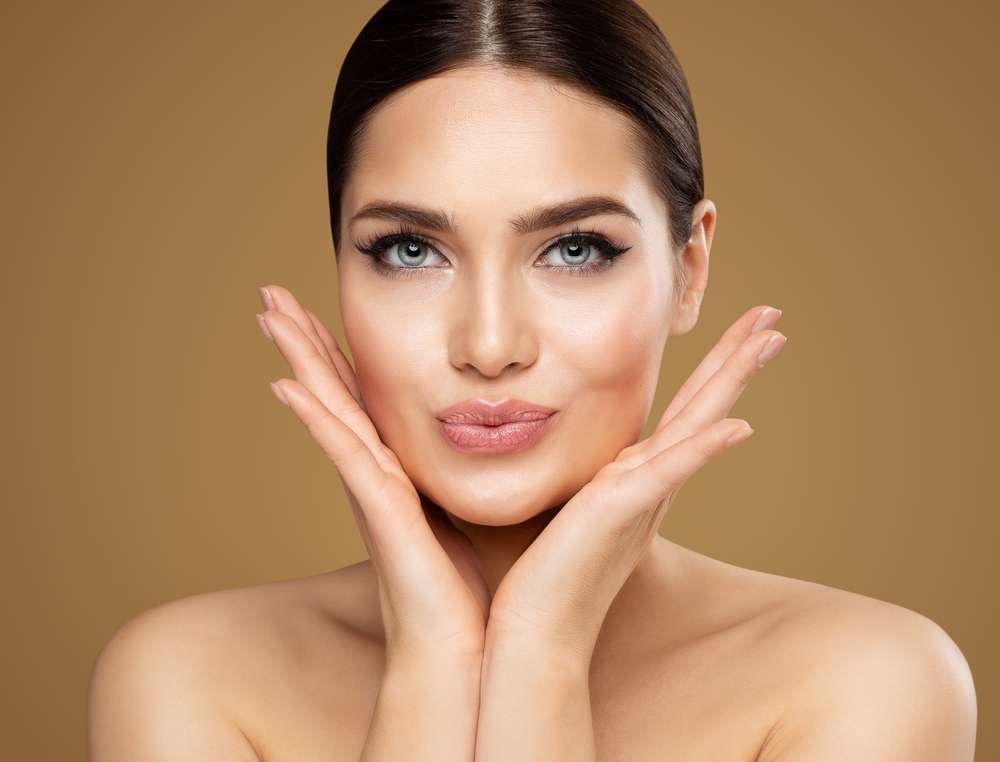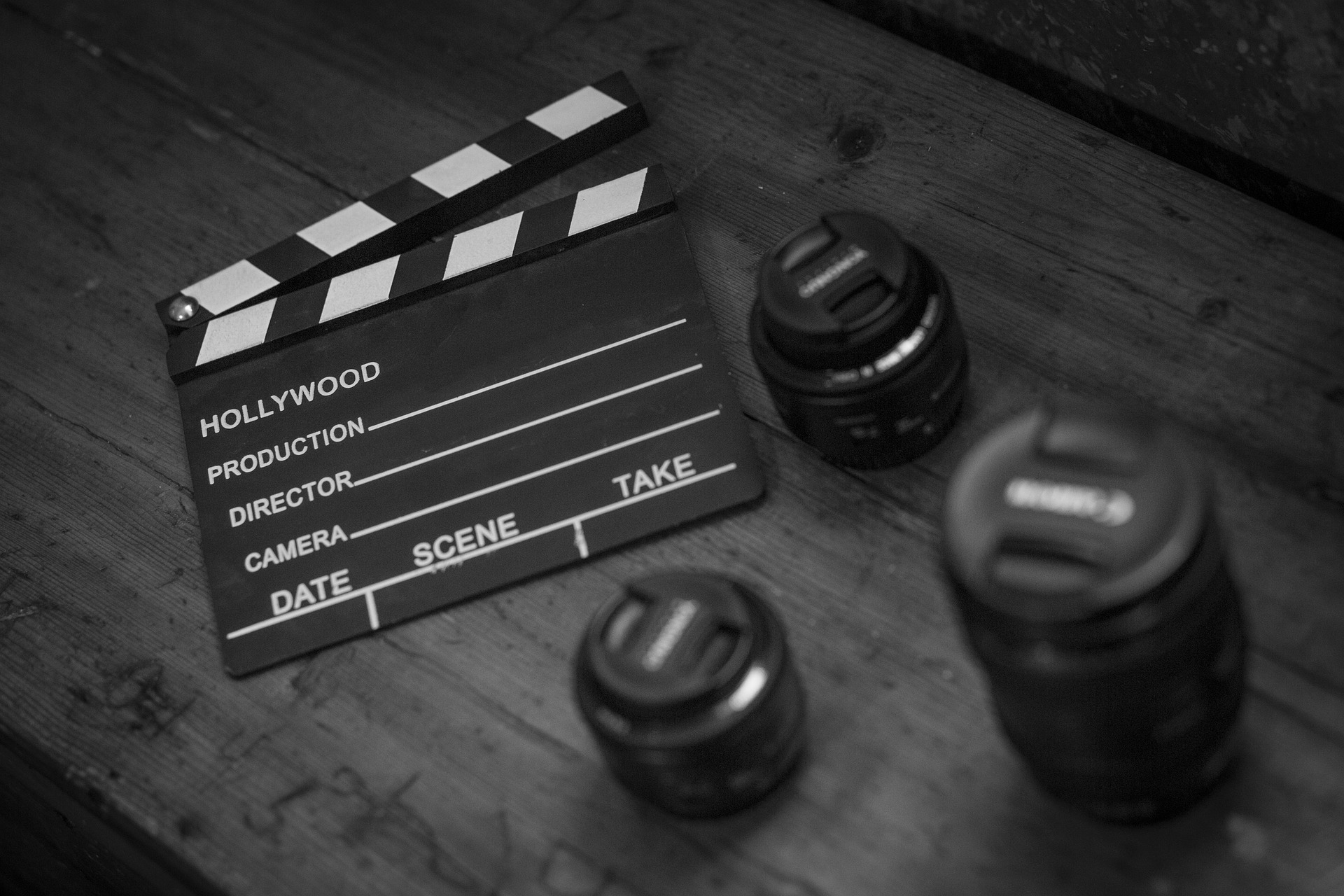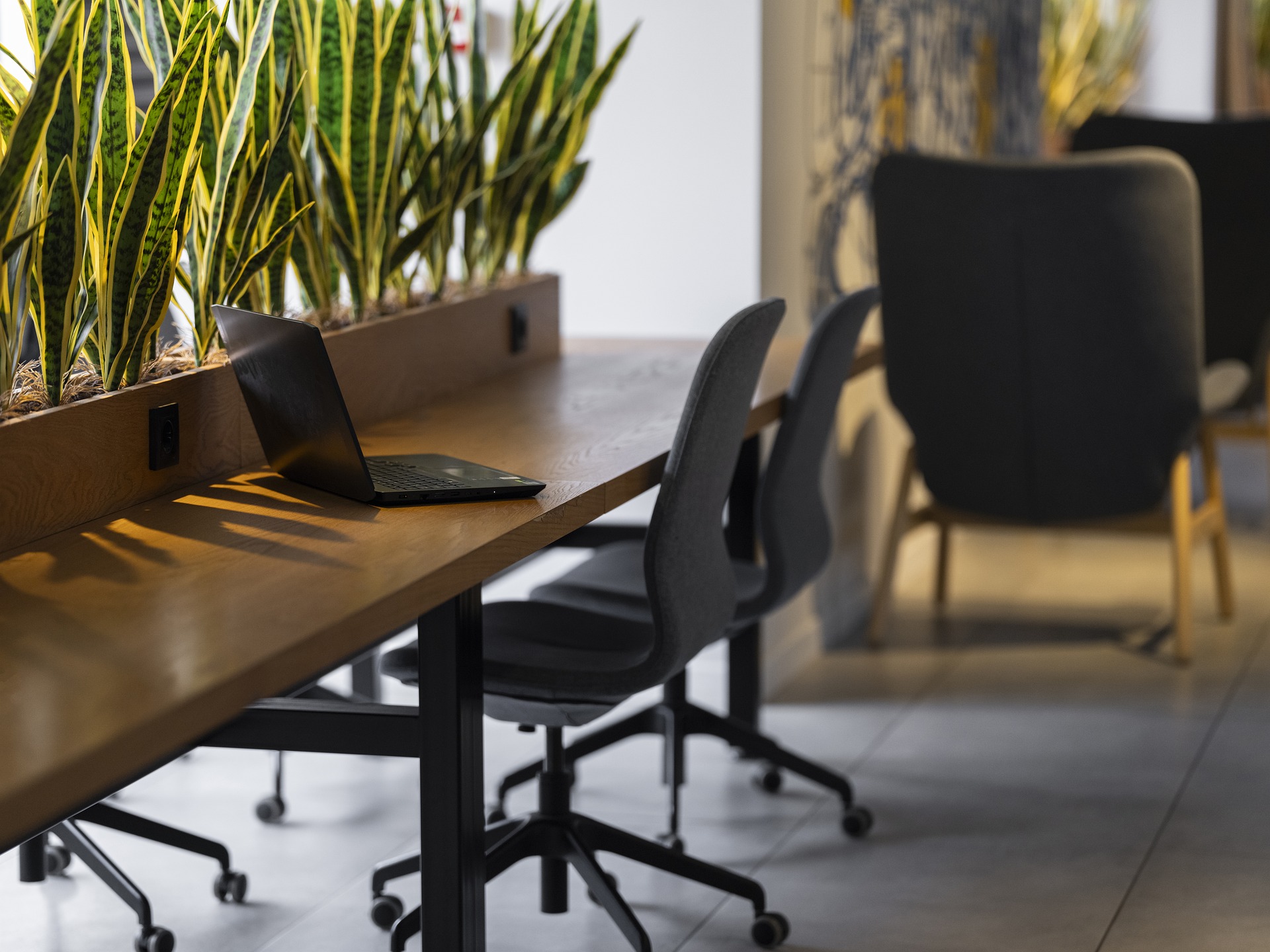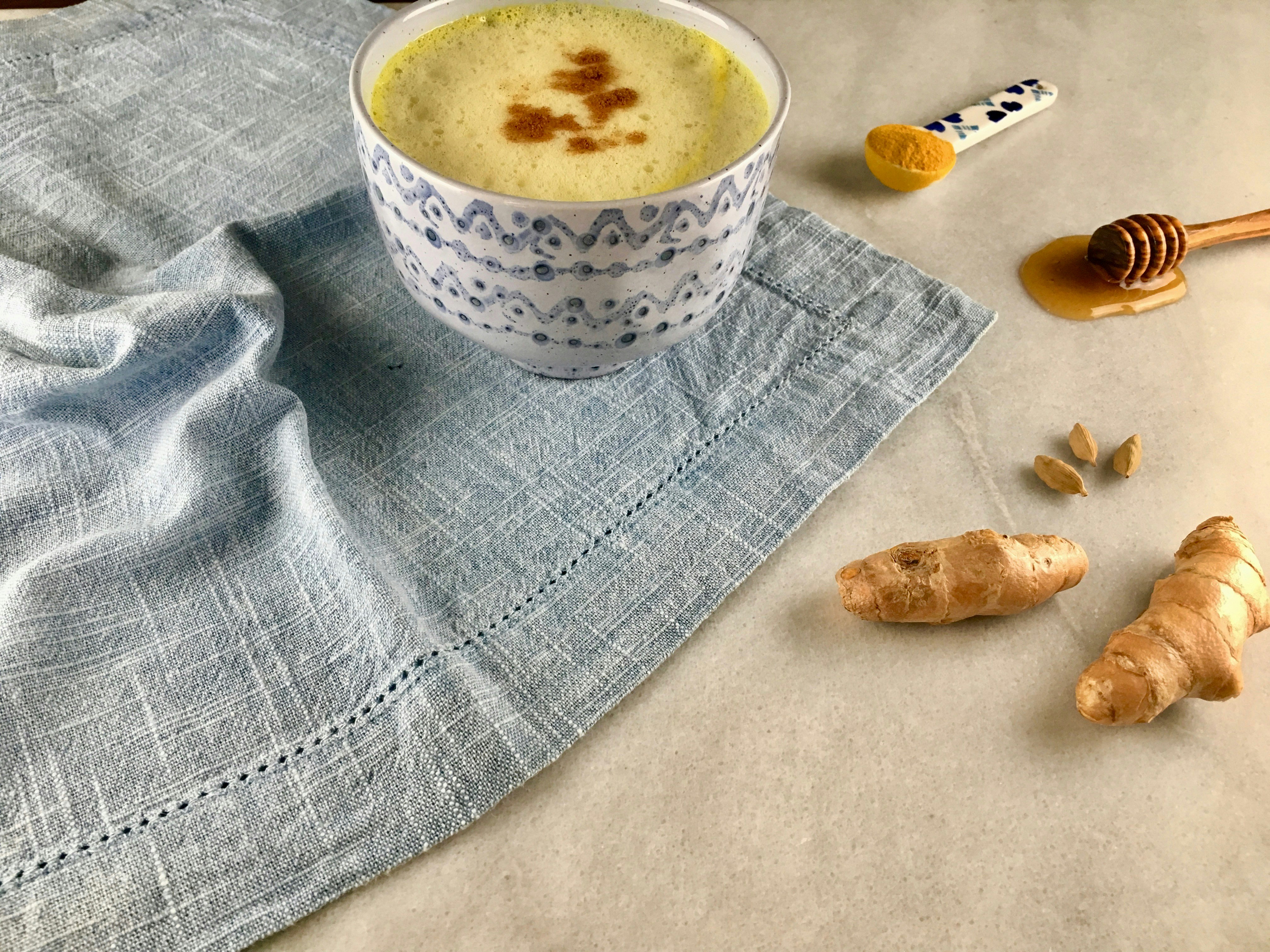The Art of Beauty: Unmasking the Power of Makeup
Makeup has a long and storied history, reaching back to the earliest civilizations who used it for ceremonial, religious, and beautification purposes. It's evolved through the centuries, reflecting cultural shifts and societal norms, while also influencing perceptions of beauty and identity. But more than just a tool for enhancement, makeup is a form of expression, a medium for creativity, and a powerful instrument for transformation. This article explores the fascinating world of makeup, from its historical roots to its current relevance, and the trends that continue to shape its future.

The Roots: A Look Back at Makeup History
The use of makeup dates back to ancient times. The Egyptians used kohl to line their eyes, and crushed beetles to color their lips, believing that these practices kept them protected from evil spirits. In ancient Rome, men and women applied chalk-based foundation to their faces to showcase wealth and status. During the Middle Ages, a pale complexion was highly sought after as a sign of purity and nobility. The 18th and 19th centuries brought more elaborate makeup techniques, with the introduction of rouge, lip color, and mascara.
However, the use of makeup was not always seen in a positive light. In the Victorian era, for instance, makeup was often associated with vanity and deceit, and was mainly used by actors and performers. It wasn’t until the 20th century that makeup became widely accepted and seen as a tool for enhancing natural beauty.
The Evolution of Beauty Standards through Makeup
Makeup trends and techniques have evolved greatly over the years, reflecting changing beauty ideals and societal shifts. The roaring 20s saw the introduction of dramatic eye makeup and bold lip colors, symbolizing women’s newfound freedom and independence. The post-war era brought a return to a more natural, feminine look, with soft, neutral makeup becoming the norm.
The 60s and 70s saw a shift towards experimentation, with bright colors and graphic shapes dominating the beauty scene. The 80s and 90s brought a focus on individual expression, with makeup used as a form of self-identity. Today, the beauty industry is more diverse and inclusive than ever, celebrating all skin tones, genders, and ages.
The Power of Transformation: Makeup as a Medium
Makeup is more than just a means to enhance physical features—it’s a powerful tool for transformation. It can dramatically alter a person’s appearance, allowing them to adopt different personas, express their creativity, and even challenge societal norms. Makeup artists like Pat McGrath and Kevyn Aucoin have demonstrated the transformative power of makeup, creating stunning, avant-garde looks that push the boundaries of beauty.
Moreover, makeup can also be a tool for empowerment. For many, applying makeup is a form of self-care, a ritual that boosts confidence and self-esteem. It’s also a way for individuals to assert their identity and individuality in a world that often pressures conformity.
The Impact of Social Media on Makeup Trends
The advent of social media has had a profound impact on the beauty industry, influencing makeup trends and the way we perceive beauty. Platforms like Instagram and YouTube have given rise to beauty influencers, who share makeup tutorials, product reviews, and beauty tips with millions of followers. These influencers have a significant impact on beauty trends, with their looks often becoming viral sensations.
Social media has also democratized the beauty industry, providing a platform for voices that were previously underrepresented. It’s allowed for a more inclusive and diverse representation of beauty, with makeup artists of all skin tones, genders, and body types able to share their talent and expertise with a global audience.
The Future of Makeup: Sustainability and Innovation
The future of makeup is shaping up to be one that values not only beauty but also sustainability and innovation. With growing awareness of the environmental impact of the beauty industry, many makeup brands are moving towards more sustainable practices, such as using eco-friendly packaging and ingredients.
Innovation is also at the forefront of the makeup industry, with brands continuously developing new products and technologies to meet the evolving needs and desires of consumers. From long-lasting formulas to customizable products, the future of makeup promises to be exciting and transformative.
In conclusion, makeup is much more than a superficial aspect of beauty—it’s a powerful form of expression, a tool for transformation, and a reflection of societal norms and changes. As it continues to evolve, it remains a fascinating and vital aspect of our culture.





